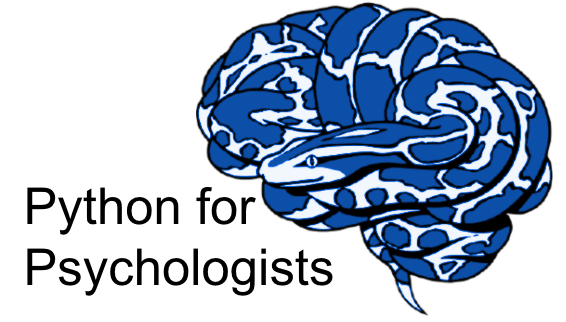Introduction III
Contents
Introduction III¶
Within the third session we’ll continue with the sections from last week, that is exploring this thing called “the computer” a bit more, specifically one aspect that might seem adjacent to utilizing python within research workflows but is actually a crucial component: computing environments. Don’t worry: this will also entail hands-on programming, just not directly in python. The things covered in this session will introduce central concepts for our subsequent endeavors. For example, also the ones we will cover in the next session, that is jupyter notebooks as a prerequisite for our python endeavors.
Topics 💡👨🏻🏫¶
In the following you’ll find the objectives and materials for each of the topics we’ll discuss during this session.
Computing environments¶
You might think: “why do we have to talk about computing environments & reproducibility just to code?”.
Fair enough but as hinted at during the introduction, knowing a bit more about this thing called the “computer” and how your code is run will be tremendously helpful later on. The sooner you can utilize the respective tools/resources the better, as quite a bit, actually all, of your coding will depend on it. We usually trust our machines to do what we ask them to do and while quite often we get the desired output, there’s a fair chance that the same task will lead to a different outcome on a different OS, using a different version, etc. . However, what outcomes do we “trust” and why does it converge? All of this relates to “reproducibility” and within this section we’ll briefly explore underlying problems and potential (partial) solutions via python.
Objectives 📍¶
get to know problems wrt computational analysis & reproducibility
learn about virtualization and its different options
experiment with python virtualization options
Ask and answer questions
Have a great time
Materials 📓¶
First a quick recap of the last session:
As some files have changed due to changes in course structure please download the notebooks in this repository again via this link and unzip them to your preferred location, e.g. Desktop/Python_for_Psychologists_Winter2022. You can just overwrite the previous folder or delete it and put the new one in it’s place.
Following:
This session will deal with the example script fancy_analyzes.py , which you should find in your User/path/Python_for_Psychologists_Winter2022/lecture/introduction/ directory, otherwise please download it here
Warning: there will be sounds in the presentation, so might you want to lower the volume on your machine.
tasks for subsequent meeting 🖥️✍🏽📖¶
Your first homework assignment will entail the generation of a conda environment called bb8 with python 3.9 and pandas, nilearn, jupyter & sending us the corresponding environment.yml via e-mail. This should be somewhat trivial given the information in the presentation in the previous chapter.
Bonus Points: Go through the “presentation adventure” and show me the results of the “fancy analysis” script. Simply taking screenshots is fine and append them to the e-mail!
Deadline: 14.11.2022
